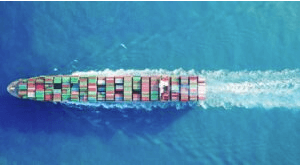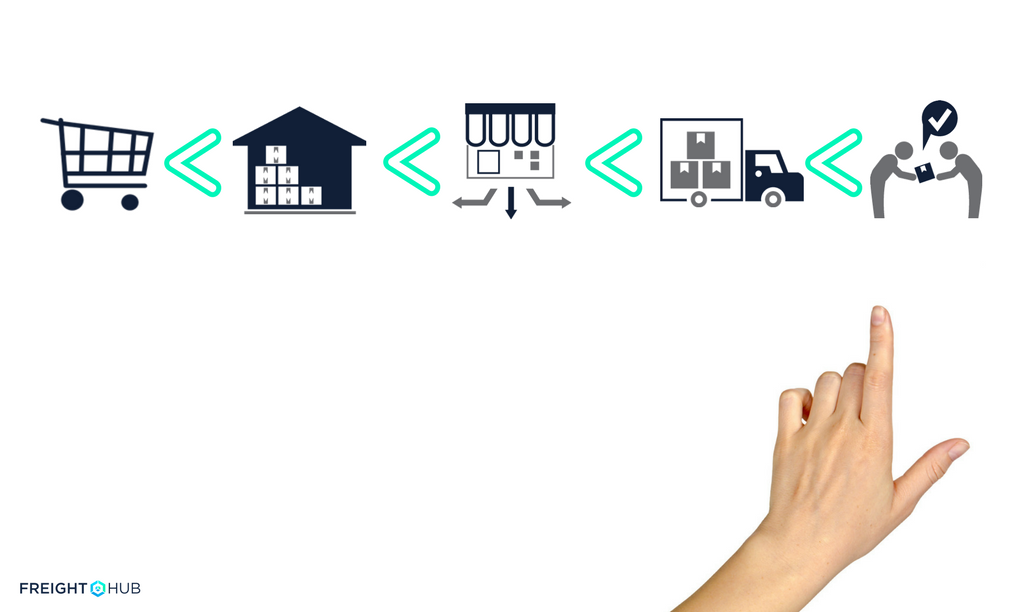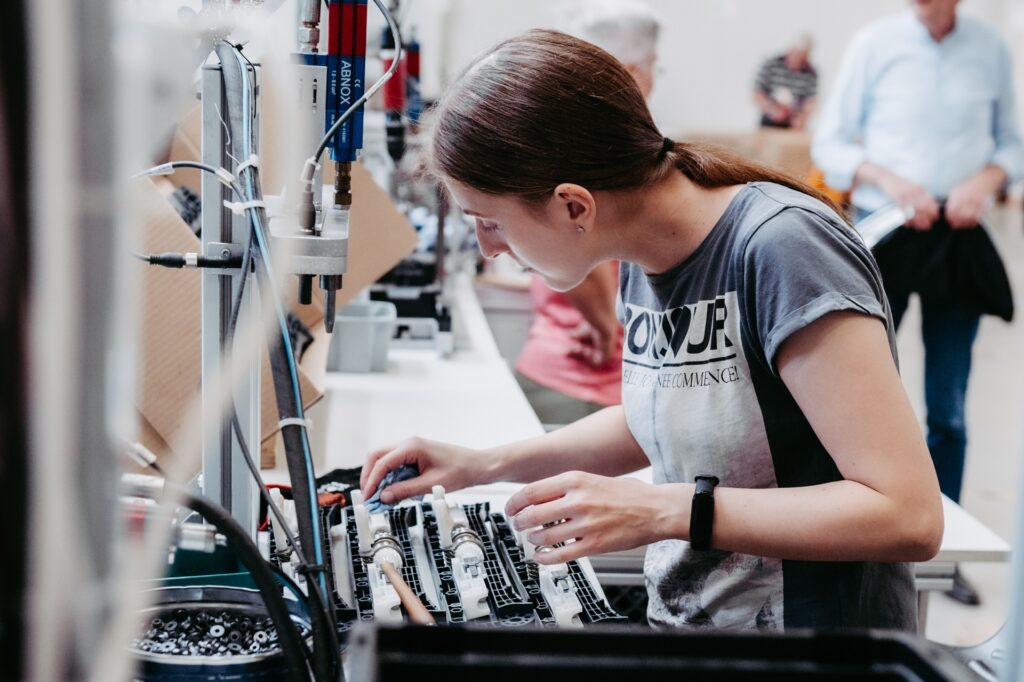-
Returns cost U.S. retailers some $260 billion in lost sales
-
Utilizing technology can help alleviate returns costs
-
Technology can help to improve efficiencies and lower costs
Supply chains are not just one-way streets. Not only do they go forwards but also sideways and backwards. As such, the management of supply chains can be tricky and can result in unanticipated and often higher costs.
Managing returns is one of these supply chain streams that flows backwards and sometimes even sideways. The sale of an item online can result in the same item being mailed back to the distribution center, returned to the physical store or to an alternative location.
A Necessary Evil?
As such, companies view returns management as a “necessary evil” incurring unnecessary costs; however, this does not have to be the case. Instead, utilizing technology can help alleviate such costs.
According to Enterprise Visibility, losses retailers face due to returns and overstocked items can cost the industry upwards of $1.75 trillion. The National Retail Federation estimates that returns cost U.S. retailers some $260 billion in lost sales in 2015.
Technology to the Rescue
Technology is easing the costs of returns management. The longer it takes for an item to go through the returns process and re-enter the supply chain, the potential for financial loss increases. Within the warehouse, with the right technology in place, returns can be efficiently routed and restocked to minimize inventory costs, labor requirements and space demands.
In addition, new entrants such as Optoro are developing software that sorts and analyzes unwanted merchandise and then routes the merchandise to online marketplaces and other channels using the algorithms to determine where retailers will get the most money back.
Optoro recently caught the attention of UPS who was part of several other investors who invested a total of $30 million Series D funding in Optoro. The two companies now plan a joint offering to help retailers address such supply-chain concerns as what happens to unwanted items after they arrive at a customer’s return distribution center.
Another way in which technology can improve the returns process is to understand the data generated from returns. Oftentimes it is difficult to harness this data and, as a result, it could mean a missed opportunity for retailers. A group of startups such as Return Logic, are focused on this data dilemma and have devised analytical solutions for retailers to understand their return rates, identify fraud, reduce the number of returns and create customer value.
Find out More
Technology is bringing efficiencies to the entire supply chain. From transportation to fulfillment, lower costs can be achieved. Find out how we are harnessing technology to improve the freight forwarding process by visiting our website. While you’re at it, sign up for our weekly newsletter to stay current with industry news.








